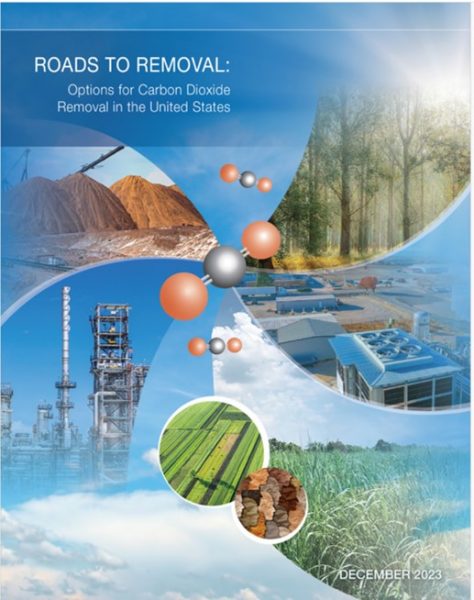Capturing Carbon Across the Country
December 8, 2024

Carbon capture and storage is not a one-size-fits-all solution. There are a range of approaches for keeping carbon dioxide (CO2) emissions out of the atmosphere — from injecting emissions underground to forest management strategies — and different regions have different strengths.
A first-of-its-kind report, “Roads to Removal: Options for Carbon Dioxide Removal in the United States,” provides an overview of different types of CO2 removal techniques, the costs associated with them, and the regions where they could be effectively deployed across the country.
Spearheaded by Lawrence Livermore National Laboratory and funded in part by the U.S. Department of Energy, the report includes 14 academic research institutions as collaborators — including the Jackson School of Geosciences. Researchers at the school’s Gulf Coast Carbon Center, which is part of the Bureau of Economic Geology, were key contributors to the report’s chapter on geologic storage.
According to the research presented in this chapter, more than half of the land area in the nation has the potential for safe storage of CO2.
“This report opens more opportunities to explore for storage in deep geologic formations that can accept and store large volumes of captured CO2,” said Sue Hovorka, a research professor at the center and contributor to the report.
The “Roads to Removal” report, along with fact sheets, maps, videos and a complete author list, is available at roads2removal.org
Back to the Newsletter